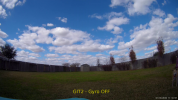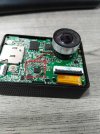TeriTerryTarry
Well-Known Member
- Joined
- Dec 4, 2015
- Messages
- 661
- Reaction score
- 254
- Country
- United States
- Dash Cam
- Several action cams
Right. One needs to realize that some parts of the videos are good basics, historical information, or present an analogous explanation rather than actual components and their operation in consumer action cams.@TeriTerryTarry Nice videos, but be aware that action cameras do not have parts such as mechanical shutter and view finder (mirror).
I am still writing some basics as I learn , so hopefully until the end of February I will have an entire series done , we will see.
Cheers



